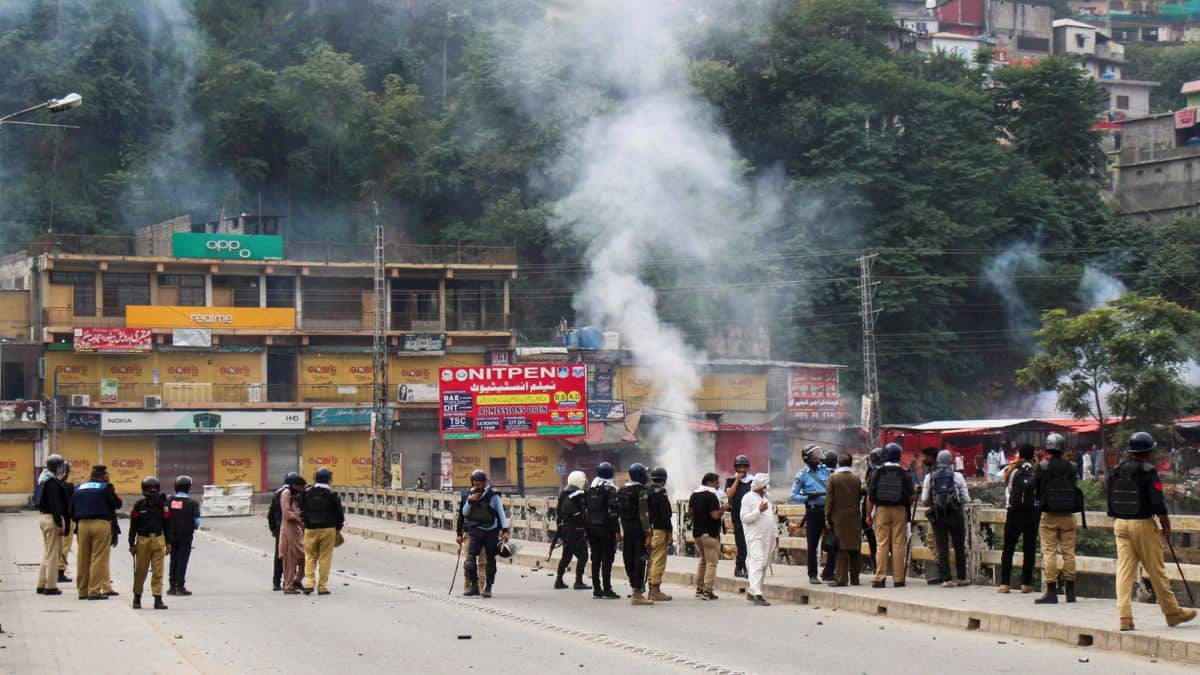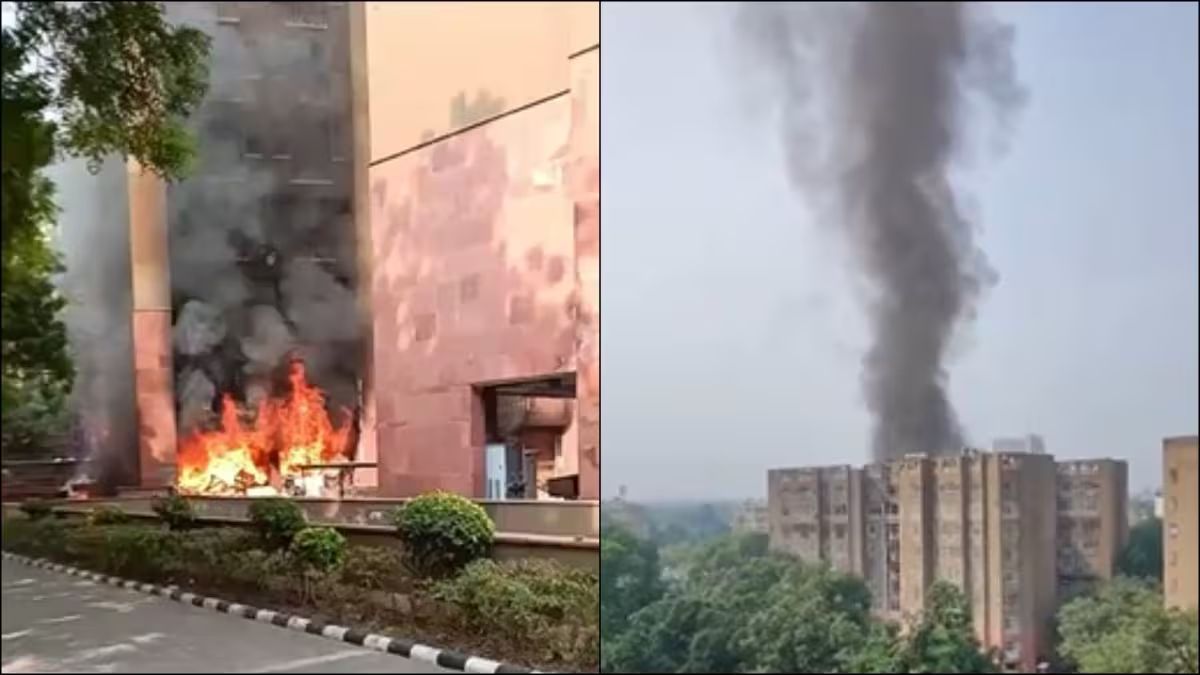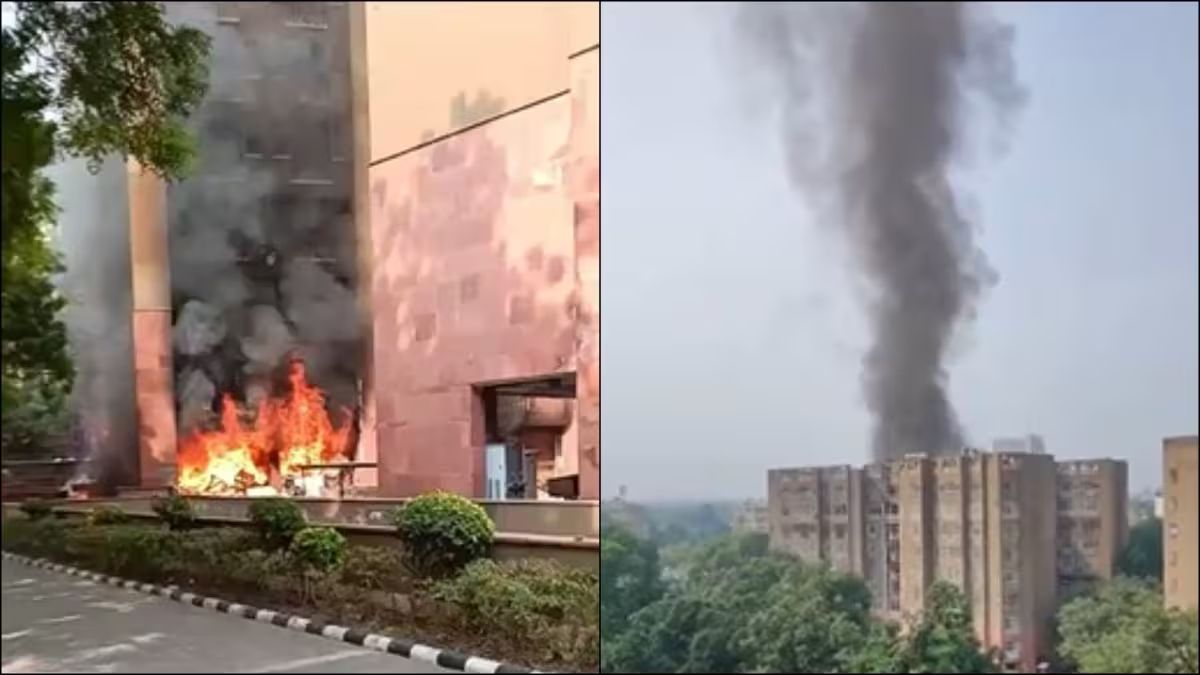When Afghan Taliban Foreign Minister Amir Khan Muttaqi was received by Foreign Minister S Jaishankar at the Hyderabad House meeting and accorded full diplomatic protocol, India signalled that national interest and regional stability remain central to its foreign policy — even as the Taliban faces global criticism over gender apartheid and democratic norms.
The Islamic Emirate is led by its Emir, cleric Haibatullah Akhundzada, who has been tagged with an International Criminal Court (ICC) arrest warrant for crimes against humanity on gender grounds. The Taliban has come to power through military force not once but twice — a phenomenon almost unprecedented in modern history.
In 1996, during a visit to Peshawar, I met the founder of the Taliban, the late Maj Gen Nasirullah Khan Babar, who unfurled a map and, with a red Chinagraph pencil, traced a trade route from Kabul to Singapore, calling it the “New Grand Trunk Road”. The meeting was held at Peshawar’s Pearl Hotel, where a sign outside read: “No drugs and guns inside; rest are welcome!”
Many have exited war-torn Afghanistan — the British, Russians and their Afghan proxies, and the Americans. India, too, had to evacuate its embassy in Kabul and four consulates (Herat, Mazar-e-Sharif, Jalalabad and Kandahar) — some more than once — with a few being targeted by terrorists.
In 1975, I trained alongside two Moscow-trained Pashtun officers at the Command and General Staff College in Fort Leavenworth, US. On a map of South Asia, we planned a coordinated military advance to the Indus River — the original Durand Line — from Delhi and Kabul, overrunning Pakistan and effectively eliminating the line. The Pashtun population has historically had strained relations with Punjabi-dominated Pakistan.
Today, Khyber Pakhtunkhwa and Balochistan are hubs of domestic resistance within Pakistan. Before Partition, India shared historic borders and relations with Afghanistan — a link that still exists via Pakistan-occupied Kashmir. In a joint statement with Muttaqi, Jaishankar described India as an “Afghanistan-contiguous neighbour”.
Impact Shorts
More ShortsThe Taliban regime of 1996–2001 was recognised by the UAE, Saudi Arabia, and Pakistan. However, the UAE and Saudi Arabia severed ties after the Taliban refused to hand over Osama bin Laden. Currently, only Russia has fully recognised the Islamic Emirate of Afghanistan. China, some Arab states, and Central Asian countries have exchanged ambassadors without granting full diplomatic status.
Russia, with longstanding strategic and commercial interests in Afghanistan, continues to treat it as a vital bridge between South and East Asia and West and Central Asia. The “Moscow Format” set up in 2022 keeps key stakeholders — including India — engaged. In 2024, Russian President Vladimir Putin referred to the Taliban as “allies in fighting terrorism”.
At the most recent Moscow meeting, attended by India, it was unanimously resolved that no “external military infrastructure” (a reference to the Bagram base) would be acceptable in Afghanistan. It also called for the US to release $9 billion in frozen Afghan assets. Meanwhile, China’s growing investment and engagement in Afghanistan has become a concern for India.
Parallel to this, the UN-led Doha process, initiated in 2022, has held three conferences on health, education, gender and human rights, while humanitarian agencies continue to operate in the country. Afghan women remain barred from higher education and most employment. Over 2.2 million girls above the age of 12 are denied primary school access. Internet-based education remains ineffective due to widespread connectivity issues. 85 per cent of Afghanistan’s 22 million people live on less than a dollar a day.
The Taliban regained control of Kabul on August 15, 2021 — the same day it now marks with a victory parade at the former US Bagram base. Last year, the largely unseen Supreme Leader Akhundzada celebrated the day by reaffirming the imposition of Sharia, upheld through morality laws and a dedicated ministry for Propagation of Virtue and Prevention of Vice.
While internal power struggles remain subdued, divisions between the Kabul and Kandahar factions persist — primarily over women’s rights, continued US aid, and the strategic control of Bagram. The Pashtuns remain the dominant ethnic group; Tajiks, Uzbeks, and Hazaras constitute minorities.
The non-Pashtun National Resistance Front (NRF), led by Ahmad Massoud — son of the legendary Ahmad Shah Massoud — is currently based in Tajikistan. After early successes in northern Afghanistan, the NRF has gone quiet. Interestingly, Pakistan is now supporting the NRF — the same Northern Alliance that defeated the Taliban in 2001 with support from the US and India.
India’s role in that defeat was significant, albeit clandestine and respectful of Afghan sovereignty. Today, countries that once opposed the Taliban’s rise and its enforcement of Sharia now appear to accept that the group enjoys popular support and cannot be easily defeated, militarily or politically. While not invincible, the Taliban has ended prolonged factional conflicts and now controls nearly 90 per cent of Afghan territory.
Muttaqi’s visit to India (October 9–16) included a pilgrimage to the Deoband seminary, whose edicts the Taliban follows. He cancelled a planned visit to the Taj Mahal for personal reasons. At his Deoband stop, he was received as both a cleric and political leader. India has agreed to upgrade its Technical Mission in Kabul to a full-fledged embassy and will appoint an ambassador in due course. A comprehensive joint statement followed Pakistan’s air strikes in Kabul and Paktika, where Islamabad claimed it had killed Tehreek-e-Taliban Pakistan leader Noor Mohammad Mehsud. On 15 October, Mehsud reappeared in a video.
India reaffirmed its commitment to Afghanistan’s development, to which it has already pledged $3 billion. A 2018 Pew poll ranked India as the most popular country among Afghans, followed by Germany, though its political influence was perceived as outsized. Despite Pakistan’s continued refusal to allow Indian humanitarian aid via Wagah — though selectively through Karachi — India chose to bypass Pakistan entirely by developing Iran’s Chabahar port.
The Chabahar project began in 2003, when India and Iran agreed to jointly develop the port. India’s Border Roads Organisation constructed the Zaranj-Delaram highway, linking Afghanistan to Iran’s border and bypassing Pakistan. In June 2015, during a Track II India-Afghanistan-Pakistan dialogue (2003–2019), we visited Tehran’s Institute of Political and International Studies, where it was announced that India, Iran, and Afghanistan would soon sign a trilateral agreement on Chabahar.
In May 2016, Prime Minister Narendra Modi formalised the 10-year Transit and Trade Agreement. By 2018, Indian Ports Global Limited took over operations at Chabahar. Although Trump 1.0 imposed sanctions on Iran in 2018, Chabahar was initially given a waiver, which was revoked in September 2025. During his recent visit, Muttaqi urged Jaishankar to request the US to restore the waiver.
India’s primary objective in Afghanistan has been to limit Pakistan’s control over Afghan economic and foreign policy. Pakistan supported the Taliban’s rise in Kabul both times. Ironically, while the Afghan Taliban has asserted strategic autonomy and reduced Islamabad’s influence, the Pakistani Taliban (TTP) has gained strategic depth within Pakistan.
Muttaqi has assured Jaishankar that Afghan soil will not be used for attacks against India. Though not devoid of moral complexities, re-engaging with the Taliban aligns with India’s evolving strategic interests.
The author is former GOC IPKF South Sri Lanka and founder member Defence Planning Staff, now Integrated Defence Staff, Ministry of Defence. Views expressed in the above piece are personal and solely those of the author. They do not necessarily reflect Firstpost’s views.


)

)
)
)
)
)
)
)
)



